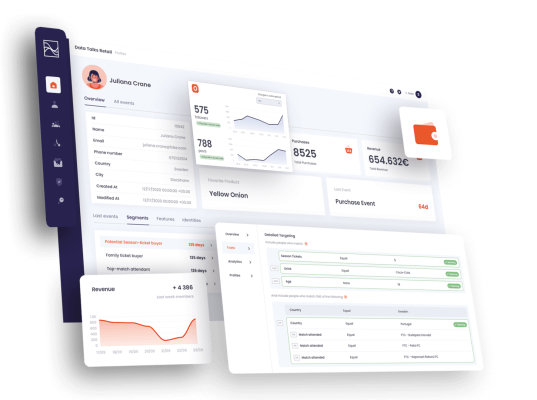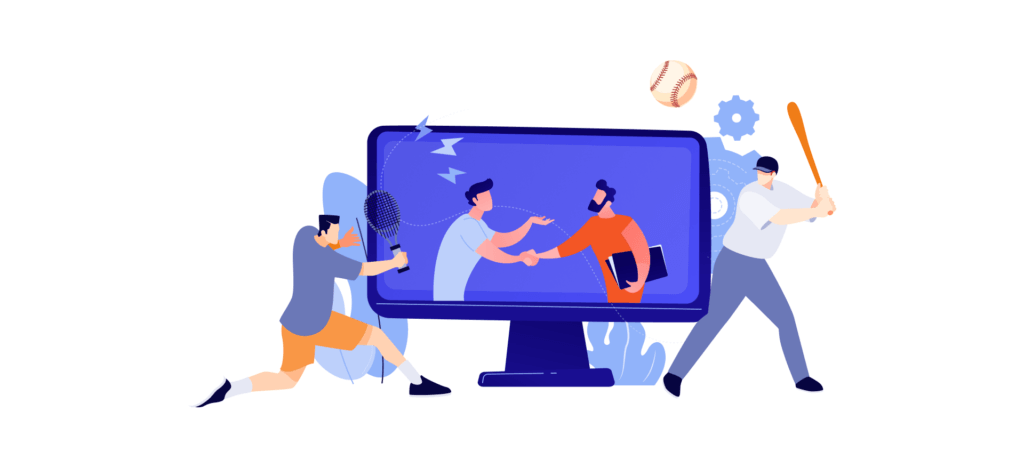
If you are reading this post, you are very serious about the performance of your team(s), not just on the field but off the field too. You understand that your fans and supporters are crucial to your success so you want to make and keep them happy. Maybe you have tried a few strategies in the past with mediocre results?
What if we told you that you can reap real-time and sustainable results in your quest to engage with your supporters better? In “Create hyper-personalized fan experiences through a sports customer data platform and reap results now”, we teach you exactly that. Reaping results has never been this easy.
Do you know why a hyper-personalized fan experience should be the number one priority of every sporting organization? Well…
Before we dive right in...
Subscribe to our blog today to ensure that you never miss valuable posts such as this one. We are passionate about helping sports organizations deliver a world-class fan experience, because better fan experience means better business. So why not use this opportunity to the fullest?

Times have changed
Digitalization
Part of the need to create hyper-personalized fan experiences through a sports customer data platform is that the world has become more digitalized.
You know this of course because you have seen the effects of this in almost every sphere of life. We rely on the internet more than ever. This has led to the development of new ways of consuming sports. Social media is a typical example.
Did you know that 67% of 18 to 27-year-olds watch sports content on social media? If they are watching online, this means that:
They are not watching live in the stadium.
- This can have several implications depending on how well you did your targeting. If you haven’t done your targeting well, this means lots of empty seats. If you have done your targeting well, on the other hand, this means, not only are you generating revenue through a packed stadium but you are also generating additional revenue from supporters watching online.
They might be having conversations online…
- ….during the game, about the game, which provides extra publicity for you through likes, comments, and sharing of your content. This user-generated content is invaluable for your organization.
The stakes are somewhat higher.
- The likelihood of someone leaving the stadium mid-game because they are unsatisfied with how the game is going are way lower than the chances of someone logging out of your platform for the same reason. You definitely want to keep that online viewer glued to the screen for as long as possible, if not for the entirety of the game.
Your supporters have a bigger say on how they want you to meet their needs.
- They demand convenience and demand that you meet them where they are. Failure to do so may have dire consequences such as losing that supporter or worse still receiving negative feedback and developing a bad reputation.

“Digital transformation is not a project that you complete. It’s a way of life. It’s an ongoing change.”
– Stefan Lavén | CEO at Data Talks
You should therefore be proactive in becoming more digitalized and incorporating more digital solutions in your fan engagement strategy, since:

This does not only help you confront your current challenges and meet your present goals but will also…

...help you be as ready for the future as possible. The world will become more digitalized, not less. So you need to put your organization in the best possible position by "getting with the times''.
New generation, new preferences
As we mentioned earlier, 67% of 18 to 27-year-olds watch sporting content online. In 2019, this generation, gen Z, became the biggest consumer cohort globally with a spending power of more than $140 million in the US alone.
Obviously, this new demographic and their preferences cannot be ignored.

“If they want to attract and retain young viewers, sports leagues and broadcasters will have to provide more customizable, personalized content.”
– Marcos Gonzalez-Flower | Global Head of Media Competence Center at Atos
Here is another fact about Gen Z that you should not ignore: gen zers are about half as likely as Millenials to watch sports often, and twice as likely to never watch sports.
It is not all bad news though. Gen Zers are not interested in just being passive watchers, they want to become participants. They don’t want to just receive a standardized feed where decisions have already been made for them. This is why we strongly urge sports organizations to create hyper-personalized fan experiences through a customer data platform. (More on that later)
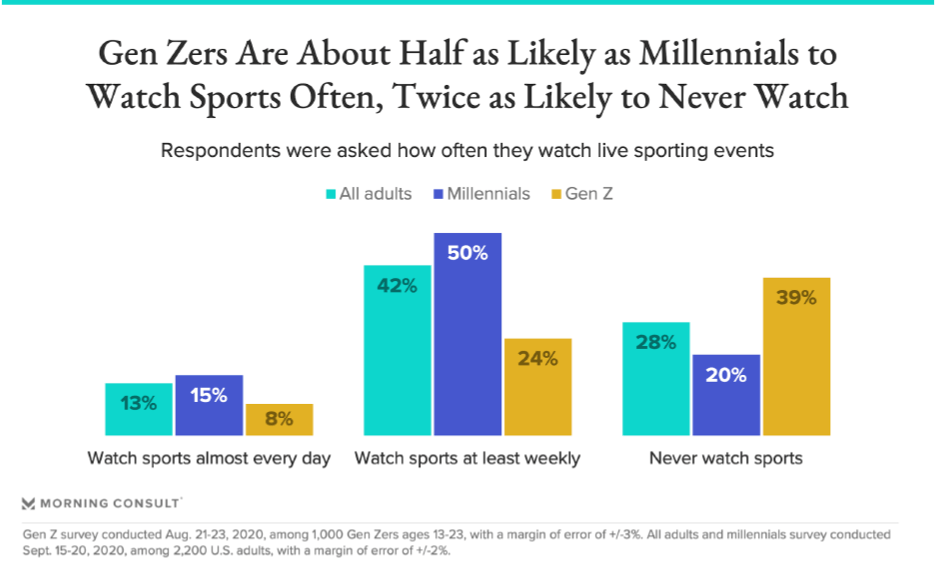
New technologies
Another reason to create hyper-personalized fan experiences through a sports customer data platform is that new technologies are now in the mix. These can either be a blessing or a curse for you. A blessing in that they can help you meet, and even exceed, your organizational goals. However, they can be a curse if you ignore them. Your competitors most likely won’t ignore these new technologies, so why would you? Augmented reality, virtual reality, mobile apps – many sporting organizations are embracing these new technologies to engage their fans.
Speaking of technologies that help you meet and even exceed your organizational goals…
How can you create hyper-personalized fan experiences through a sports customer data platform?
So you now realize how important it is to adapt and embrace the new landscape that the sports industry finds itself in. What next?
You should definitely create hyper-personalized fan experiences through a sports customer data platform. We have already covered why you need to hyper-personalize. You are intrigued by this information but now you are wondering what a sports customer data platform is, right?
We have the answer to your question.
What is a sports customer data platform (CDP)?
We have written a lot on this so instead of being repetitive and boring, we will give you the basic summary so we can focus on what you came here for , which is, how to create hyper-personalized fan experiences through a sports customer data platform (CDP).
However, we do encourage you to read more in-depth about what a CDP is. You can read all this and more on our ultimate CDP guide. In the meantime…
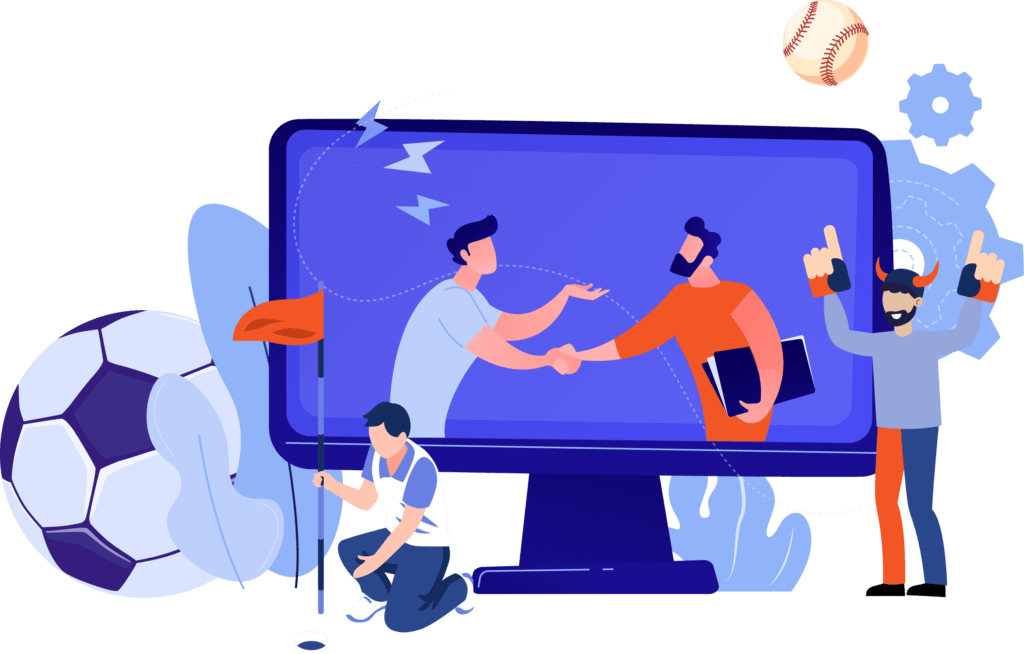
A concise summary
A Sports Customer Data Platform (CDP) is a database that consolidates useful supporter data from several channels and data sources.
It provides sports organizations with streamlined access to deep and specific insights about their supporters. A CDP collects first-party data that you can then enrich with second and third-party data to create a holistic view of your supporter.
It’s a central location for all supporter data, including
- personal identifiers
- website visits,
- purchase orders
- email responses
- social media comments
- audio recordings
- mobile app touch-points
…and any other data related to the supporter.
The CDP pulls this data from different sources and then cleans and combines it to create a single and unified supporter view.
Let’s break this down a bit more…
Examples of fan data you can collect:
-
personal identifiers – names and contact information that may have been collected during ticket purchase
-
website visits – such as the type of content they like most on your website and what actions they then take
- purchase orders – do they buy merchandise and tickets or choose between the two? If so, how often?
- Email responses – are they even on your mailing list? If they are, do they open your emails, have they unsubscribed before?
Once you’ve collected your data in one place (the CDP), so that you can analyze it and get insights, you’re also able to connect it to other tools and systems like a marketing automation software, CRM, etc.
That way, you’re able to act directly on the data and insights you get.
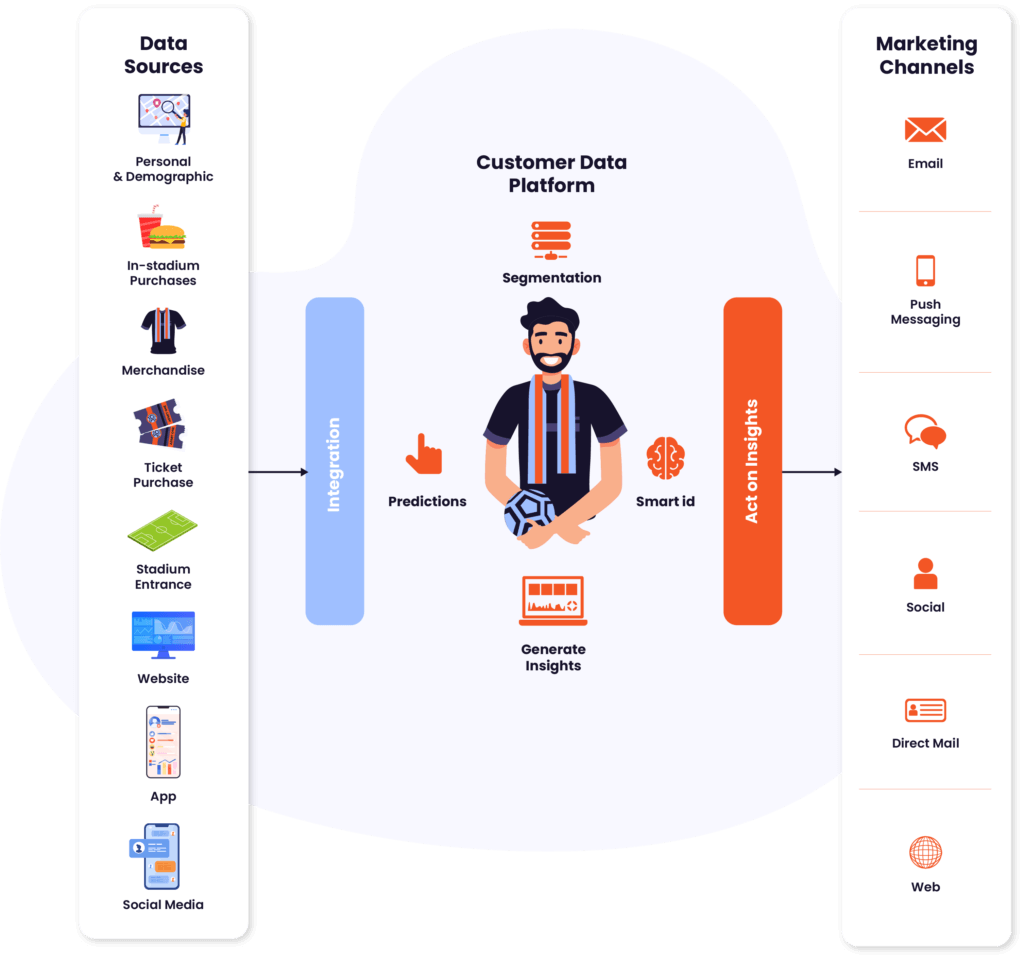
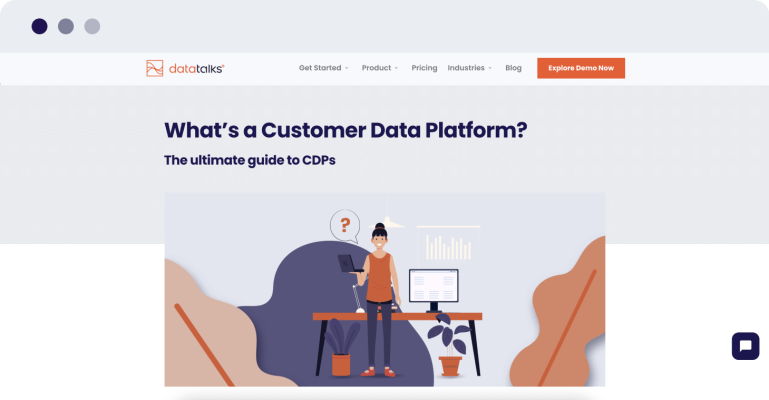
Find out more about our sports CDP
and get answers to questions like, what are the benefits of using a CDP, what differentiates a CDP from other systems, and how to calculate the CDP ROI by reading our ultimate CDP guide. The more you read the more confident you will become about heading down this path.
How to create hyper-personalized fan experiences through a sports customer data platform
There is a lot of information out there on CDPs. Some of this is more confusing than helpful. So we are going to keep it simple and straightforward because the sooner you understand, the sooner you can act; and ultimately, the sooner you can reap results.
You wouldn’t want to wait, right?
You can create hyper-personalized fan experiences through a sports customer data platform in three simple steps:
- Collect
- Analyze
- Act
Let’s explore each one a little more.
Collect
The first step in the process is collecting data from different sources, both online and offline (we mentioned a few examples above).
Think about all the data you have. Where do you keep it? Is it all in one place? And can you easily share it with other stakeholders whenever needed? If your answer to any of these questions does not elicit confidence in you, then continue reading.
If you feel confident in your data storage and analysis system but it looks something like this…
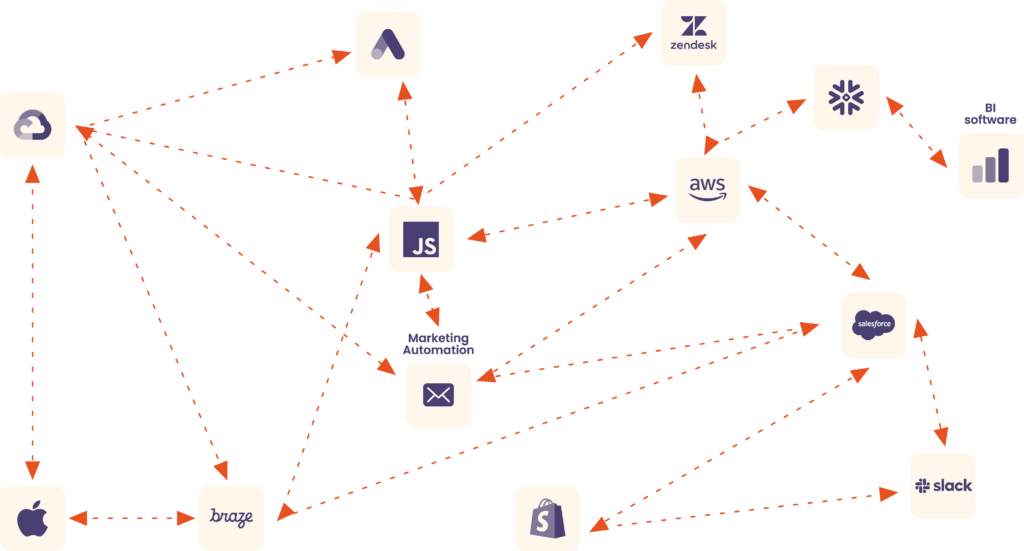
then you should continue reading too because there is a better way of collecting and analyzing data…
And that is, of course, through a customer data platform (CDP). Or specific for you, a sports customer data platform. Once set up, a CDP will collect and store all of your data … in one place. You can store both online and offline data. And as we’ve previously mentioned, it can additionally collect first-party data, second-party data, and even third-party data.
It is worth noting, however, that the primary source of data for the CDP is first-party data. This is great news because third-party data is quickly approaching its death.
Therefore, by choosing to integrate your data with a CDP, you are actually futureproofing it. So, you won’t be scrambling at the last minute to switch over to first-party data once third-party data becomes a thing of the past, that’s if you choose to switch over to a sports CDP sooner rather than later.
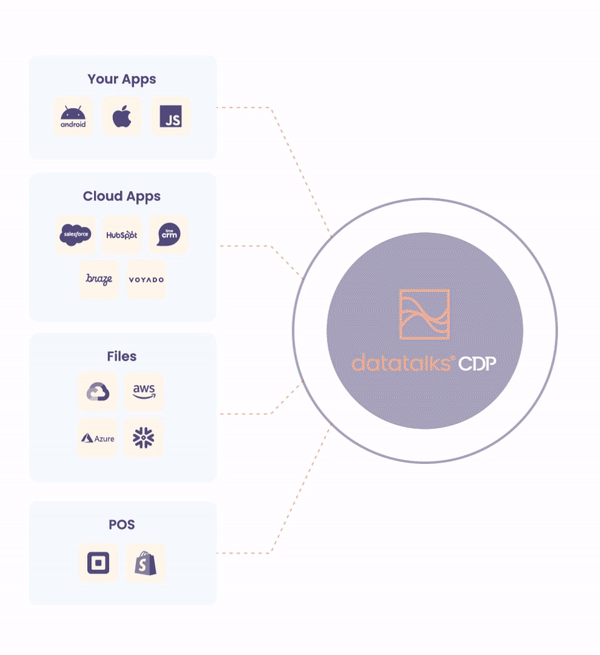
But how does this work?
The CDP does the integration for you, so you don’t have to worry about learning code or any of that. Your CDP partner just connects all your systems to the CDP. This includes systems such as your POS, CRM, your cloud files, apps, and any other systems that you use.
Other examples of sources of fan data include:
- In-stadium purchases
- Ticket purchases
- Stadium entrance data
- Merchandise purchase
- Web behavior
- Mobile app behavior
The beauty of a CDP is that it continuously updates the data as your fans continue to interact with you so you will always have up-to-date data. You will also understand your supporters better and be able to observe their interaction patterns in real-time.
Cool, right? It gets even better…
Analyze
This part is the whole reason we encourage you to create hyper-personalized fan experiences through a sports customer data platform, and not just any other system.
Once the CDP has integrated your data, you can visualize your data on a dashboard, giving you a 360-degree view of any one of your fans. As a result, you’’ll have greater insight into your fans’ behavior, thus allowing you to anticipate and meet their needs better.
Why is this awesome?
Because:
- You can up-sell and cross-sell your merchandise to the right supporters.
- You can “save” supporters before they decide to stop interacting with you thus increasing your retention rate.
- It will become easier for you to identify high-value lifetime supporters that you can turn into your organization’s advocates.
So, in a nutshell, you can offer the right message to the right supporter at the right time through the right channel. So whatever your needs and/or goals, you will always have the right data to support your decision-making if you choose to use a sports customer data platform.
Act
Have you ever received random spam emails informing you about “brilliant products” you had absolutely zero interest in? Were these emails so generic that they didn’t even address you by name? Did you then press unsubscribe because you were so annoyed?
Well, even if you have never experienced this personally, that is what happens when your marketing efforts are generic and not hyper-personalized. You lose potential supporters all because you did not do your homework and did not invest in the right tools. This is why you should create hyper-personalized fan experiences through a sports customer data platform.
The power of a sports CDP is that it helps you understand your fans’ behavior. And, once you understand this, you can target them better. If your goal is to: fill up the stadium, engage better with your fans and get to know them almost like the back of your hand, then a sports CDP is the right way to go. It is that simple.
Don’t just take our word for it though, read through the use case below and see the incredible results you too can reap:
Conclusion
Congratulations! You have made it to the end of this blog post! Word of warning though, don’t let this be just another great piece of excellent information you read on the internet. Be proactive so you can finally achieve your organizational goals and keep your team alive and thriving. Create hyper-personalized fan experiences through a sports customer data platform and reap results now.
How? Simple – hit explore demo now below to see first hand how a sports CDP works and to get tutorials on how to use it to meet your organizational goals.
